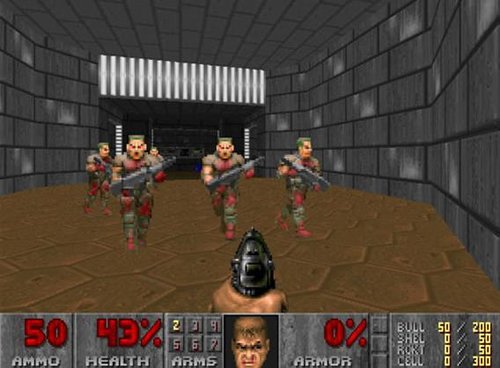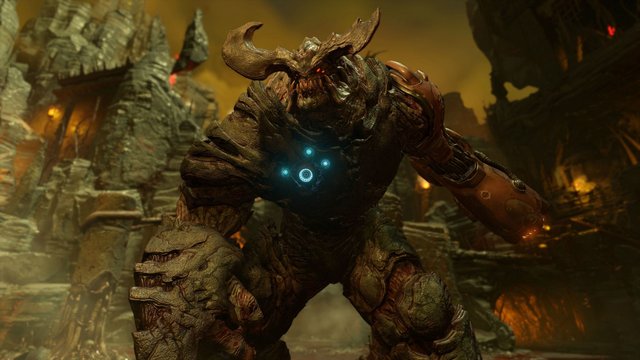How hard it is to create 1:1 realistic 3D space inside a computer simulation?
Within the last few decades, there has been a technological revolution.
It wasn't until 2000's that we had tablets or smartphones but now everybody can carry a device that enables us to communicate all across the globe without needing any wired connection.
Does this mean that one day we will eventually be able to create a very realistic virtual world where we can actually have absolutely no limitations to do whatever we want and no risks or consequences?
To answer this question, lets look at the modern games.

This screenshot is from Far Cry 5, the textures and the game engine was developed probably within 2016 or 2015.
Looks very realistic right? Well relatively yes.
However if you zoom in just a little, you will realize some pixelations and imperfections.

For our eyesight, such resolutions are fine, we are not easily disturbed by these limitations from an enough distance. But we can still easily tell that it's not realistic no matter how many times better graphics are made.
Today's technology is indeed very advanced. For an example, a decent graphics card that can play most of these games in max settings and 4K resoltion is capable of performing around 500 GigaBytes /second data transfer which is quite enough to process these polygraphic video simulations with a relatively enough framerate. But it is not even close to replicating every sub-atomic particle and their behaviour as goes in our world.
To understand how much actual frame rate and resolution this simulation must have, we must look at the quantum world and understand planck length and planck time.
The planck length is the smallest possible distance within two points and is equal to 1.61622837 × 10^-35 meters.
This is indeed very very small. So just to replicate a meter of line, we would need 61'872'444'000'000'000'000'000'000'000'000'000 pixels.
So one cubic meter would require (6.1872444e+34)^3 pixels of information which is equal to 7.105802e+104 bits for CMYK colorspace. That's just one frame of a qubic meter and it's already a lot.
What about time? We would need more than 1 frame per second right? In order to replicate our physics, we need to simulate every possible particle and their movements and compute every single location a particle will be in our simulated space.
Lets look at the photons, the speed of light is aproximately 300'000 kilometers per second. So a photon travels about 300'000'000 * (1 meter /planck length) every second. So we would need like 18'548'892'000'000'000'000'000'000'000'000'000'000'000'000 frames per second.
Even in order to create just one cubic meter of a realistic space, we need something like; 1.498447e+135 TeraBytes / second data transfer rate. We would need more than a trillion supercomputers.
But with the advance in technology not in the far future, quantum computers might make it possible.
Just look at how gaming evolved within 24 years, it evolved from this;

to this;

I'll be writing more about this subject in the future.
Thanks for reading.
Congratulations @fatihyener! You received a personal award!
You can view your badges on your Steem Board and compare to others on the Steem Ranking
Do not miss the last post from @steemitboard:
Vote for @Steemitboard as a witness to get one more award and increased upvotes!